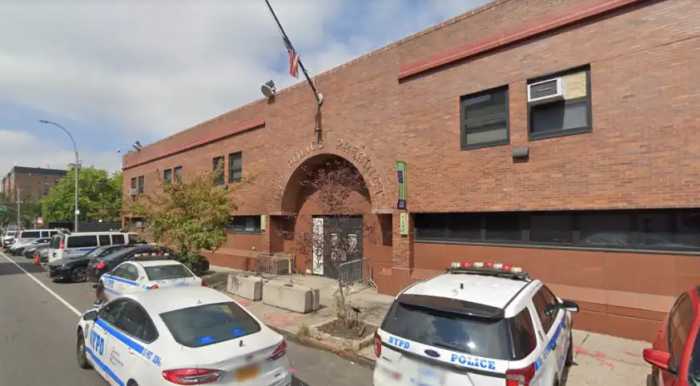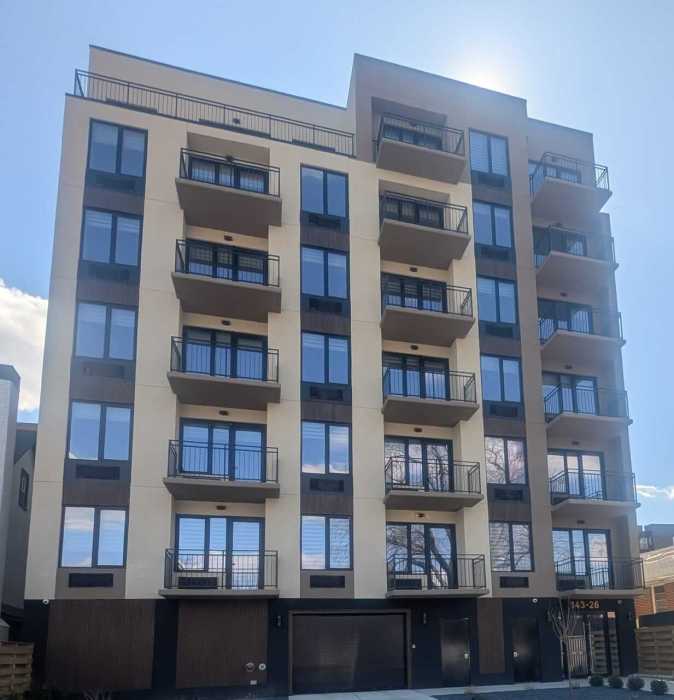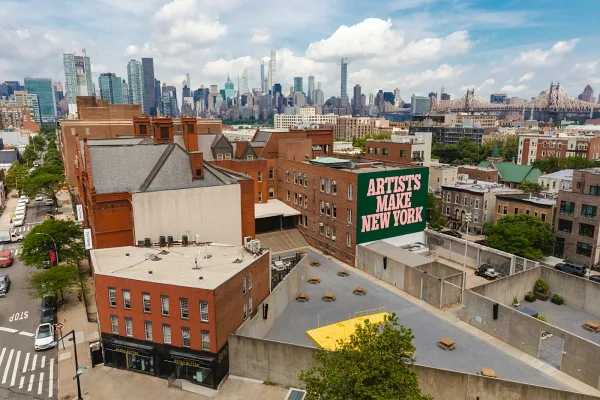As the City Council splinters over its reaction to Schools Chancellor Richard Carranza’s efforts to diversify the New York City school system, District 28 in southeastern Queens took a major step last week toward integration policies.
The district is one of the first recipients of funding to kickstart a program that would help engage the community in creating a diversity strategy. Department of Education officials announced on June 10 that five districts – 9, 13, 16, 28 and 31 – would receive $200,000 each in grant funding to begin the process of developing hyper-local integration plans.
“If you look at District 28 overall, the racial makeup is diverse. The enrollment data, however, reveals that our student population is segregated, with the majority of black students attending schools in the southern end of the district and the majority of white students attending schools in the northern end,” wrote District 28 Superintendent Mabel Sarduy in an explanation for the district’s application.
The city announced the district-based grant in fall 2018, with a middle school diversity plan in District 15 that completely eliminates selective admissions criteria as a model.
The rents and property values in the district’s southern half, which includes parts of Jamaica, Richmond Hill, Briarwood, Kew Gardens and South Ozone Park, are significantly lower than the northern part, which snakes up around the southwestern tip of Flushing Meadows park and carves into Rego Park and Forest Hills.
This disparity drives socioeconomic and racial segregation in the district, according to Sarduy. On top of that, the difficulty of commuting from one end to the other adds another obstacle to integration.
This is not the first step that the district has taken toward addressing these issues. Last year it received a state grant aimed at outlining the impacts of racial and socioeconomic segregation. The district has also been working with the Office of Student Enrollment toward a new Diversity in Admissions priority to be implemented as early as fall 2020 admissions.
“We have already discussed changes to enrollment policies, but we wish to connect with our community in order to consider what next steps our district could take. This grant could give us the resources necessary to have a meaningful conversation with our entire community, hearing the voices of families across the district,” wrote Sarduy.
De Blasio and Carranza announced the funding with the news that they are approving the vast majority of recommendations made by the School Diversity Advisory Group (SDAG), a coalition of students, educators, parents, advocates and researchers appointed in 2017 to advise the mayor and chancellor on policies to advance school diversity and integration. As part of those recommendations, the SDAG strongly urged the nine districts with sufficient demographic diversity of population to develop diversity and integration plans, which included Queens districts 27 in addition to 28.




































